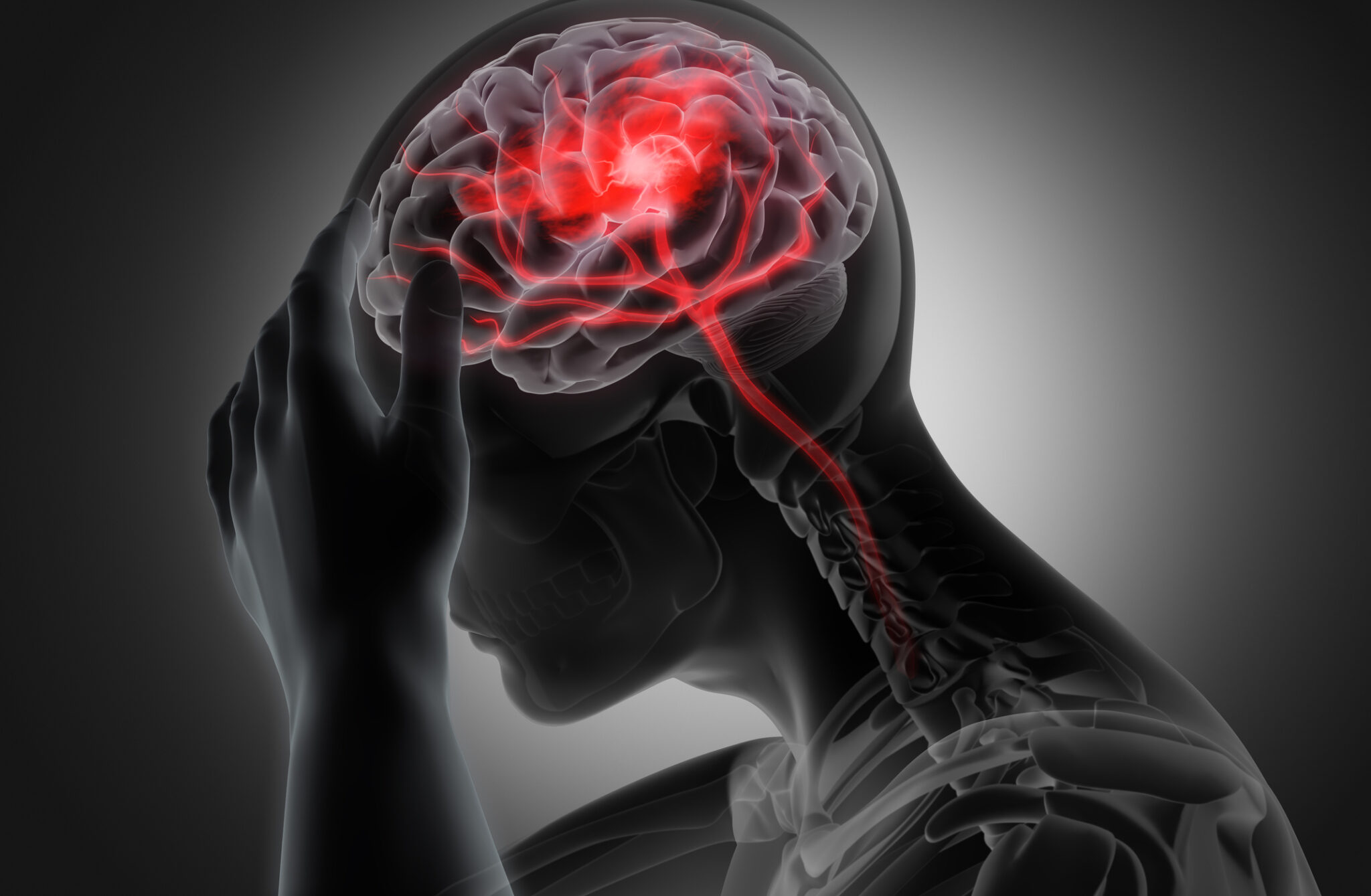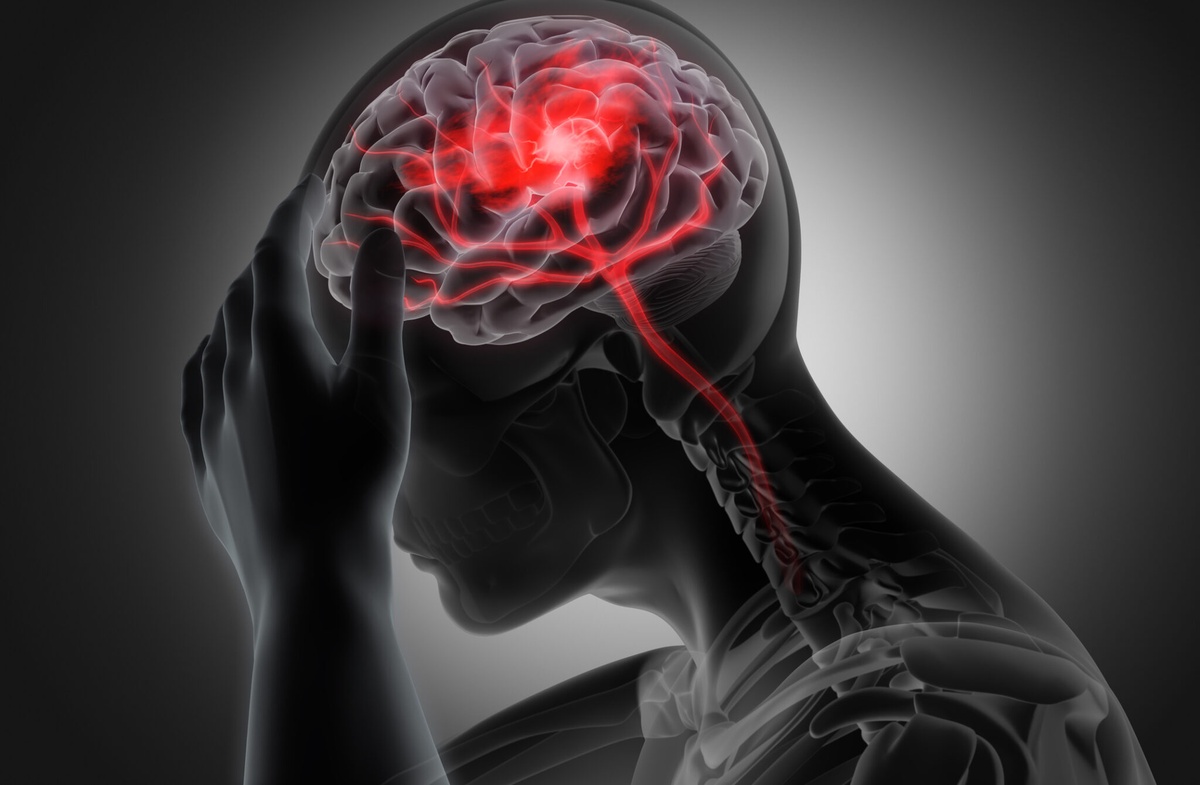TBI which stands for Traumatic Brain Injuries represents a significant public health concern, with profound implications for individuals and society mainly. Getting into the complexities of TBI diagnosis is crucial for timely intervention and effective management. Traumatic brain injuries can happen as a result of various factors such as falls, accidents, sports-related incidents, or even violent acts. These injuries can have significant implications on a person’s physical, cognitive, and emotional well-being.

This blog is a comprehensive guide that aims to shed light on the intricacies of diagnosing traumatic brain injuries, exploring the processes, tools, and advancements that contribute to a better understanding of these often elusive injuries.
Defining Traumatic Brain Injuries:
Before getting into the diagnostic prospect of TBI, it is important to grasp what traumatic brain injuries entail. TBIs can occur due to sudden, violent blows or jolts to the head or body directly leading to disruption in normal brain function. The seriousness of the condition can range from mild concussions to severe injuries with long-term consequences.
The Spectrum of Traumatic Brain Injury:
Understanding the spectrum of TBIs plays a vital role in the diagnostic journey. There are mild cases that may be present with brief changes in mental status or consciousness. However, moderate to severe injuries can lead to extended periods of unconsciousness, memory loss, and cognitive impairments. Every individual is unique in their needs therefore each case is unique, requiring a personalized diagnostic approach.
Clinical Evaluation and History:
As the injury is complex, the process of diagnosis typically begins with a thorough clinical evaluation. Healthcare professionals gather information on the patient’s medical history, including the consequences surrounding the injury, symptoms experienced, and any pre-existing conditions.
A detailed history is a great help as it helps in identifying potential risk factors and tailoring diagnostic assessments accordingly. There are cases when even specialized doctors use specialized tests like neuropsychological evaluation to assess cognitive functioning, memory, attention, and other aspects of brain function. These tests provide valuable insight into the specific areas affected by the injury.
The diagnostic process typically involves a thorough medical history review, physical examination, and consultations with specialists such as neurologists or neuropsychologists. Moreover, collaboration among healthcare professionals is the key factor to accurately diagnosing and understanding the impact of a TBI.
The Role of Imaging in TBI Diagnosis:
Advanced imaging equipment plays a vital role in the diagnosis of TBIs. Computed Tomography (CT) scans are mostly the initial choice for evaluating acute head injuries because of their speed and effectiveness in detecting bleeding and fractures. Then comes Magnetic Resonance Imaging(MRI) which offers a detailed view of the brain’s structures and is particularly valuable for assessing subtle injuries or complications that may arise over time. When it comes to diagnosing TBIs, healthcare professionals employ a range of methods and assessments. One common diagnostic equipment is the Glasgow Coma Scale, which evaluates a person’s level of consciousness and responsiveness following a head injury.
In addition to this, neuroimaging techniques like CT scans and MRI scans play a crucial role in diagnosing TBIs. These scans allow doctors to examine the brain’s structure and identify any abnormalities, such as bleeding, swelling, or lesions.
Neuropsychological Assessment:
Apart from traditional imaging, neuropsychological assessments provide valuable insight into the cognitive and behavioral aspects of TBI. These assessments which are mostly conducted by trained professionals can evaluate memory, attention, executive operations, and emotional well-being. Neuropsychological testing also aids in identifying specific cognitive abnormalities, guiding rehabilitation efforts, and predicting long-term outcomes.
Biomarkers and Cutting-Edge Diagnostic:
With the recent advancements in medical science, there has been an usher in a new era of TBI diagnostics through the identification of biomarkers. Biomarkers are measurable indicators that reflect the presence or severity of a condition. In the sector of TBI, researchers are exploring blood-based biomarkers that can provide rapid and objective assessments of brain injury. These promising developments hold the potential to revolutionize TBI diagnosis, enabling quicker and more accurate identification of injuries.
Multiple Challenges to Face in Traumatic brain Injury Diagnosis:
Apart from the progress, diagnosing TBIs presents challenges. In the initial stages, mild cases often go unnoticed as symptoms can be subtle and non-specific. In addition to this, they postpone the onset of some of the symptoms such as cognitive difficulties or emotional changes which can complicate the diagnostic process. Heightened awareness among healthcare professionals, coupled with recent research is crucial in addressing these challenges.
Multidisciplinary Approach to TBI Diagnosis:
Overseeing the diverse nature of TBI presentations, a multidisciplinary approach to diagnosis is paramount. Neurologists, neurosurgeons, neuropsychologists, and rehabilitation specialists can collaborate to ensure a comprehensive evaluation. This collaborative effort extends to include the crucial involvement of primary care physicians, emergency room personnel, and even family members who can provide basic information for an accurate diagnosis.
The Importance of Timely Diagnosis:
To get rid of any potential brain abnormality, timely diagnosis is the cornerstone that affects TBI management. Meanwhile, early identification enables for prompt intervention, reducing the risk of complications and improving long-term outcomes. In cases of severe TBI, timely diagnosis is critical for timely surgical intervention, which can be life-saving.
Conclusively,
In the transforming landscape of TBI diagnosis, a better understanding of the injury spectrum, coupled with advances in imaging, neuropsychological assessments, and biomarker research, is shaping a more comprehensive approach to diagnosis and management. Moreover, as we navigate the complexities of TBI diagnosis, the collective efforts of healthcare professionals, researchers, and advocates play a pivotal role in advancing our understanding of these injuries.
By focusing on a multidisciplinary perspective, integrating cutting-edge diagnostics, and prioritizing timely intervention, we move closer to a future where the impact of traumatic brain injuries is minimized, and individuals can embark on a path to recovery with the support and insights needed for a better quality of life. Furthermore, it is paramount to note that diagnosing TBIs can be difficult, as symptoms may be visible widely depending on the severity and part of the injury. The most common symptoms are as follows: headaches, dizziness, difficulty concentrating, memory problems, mood changes, and sleep disturbances.


No comments yet